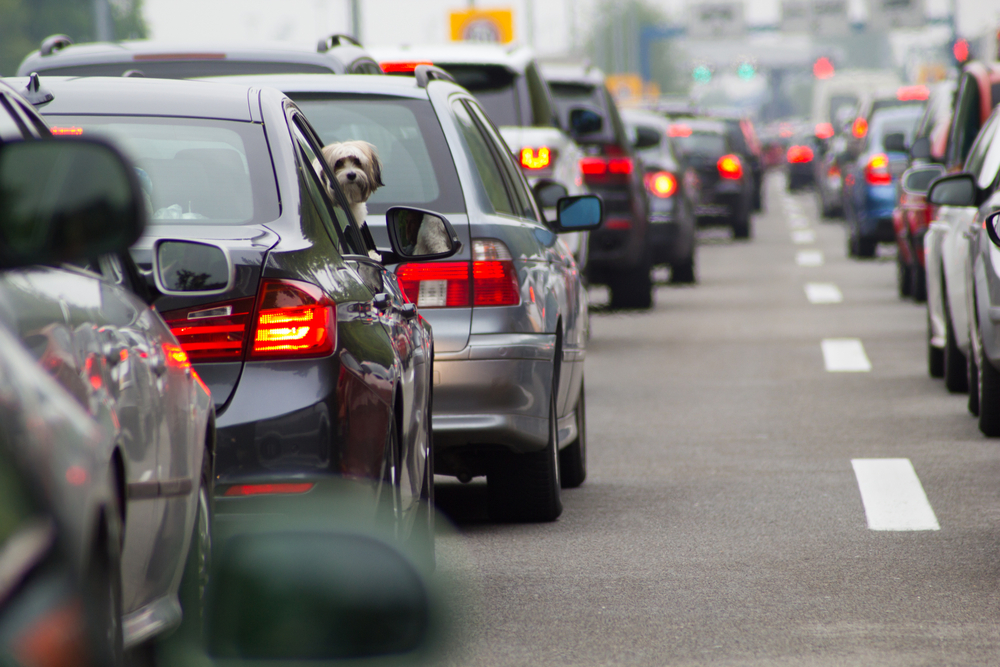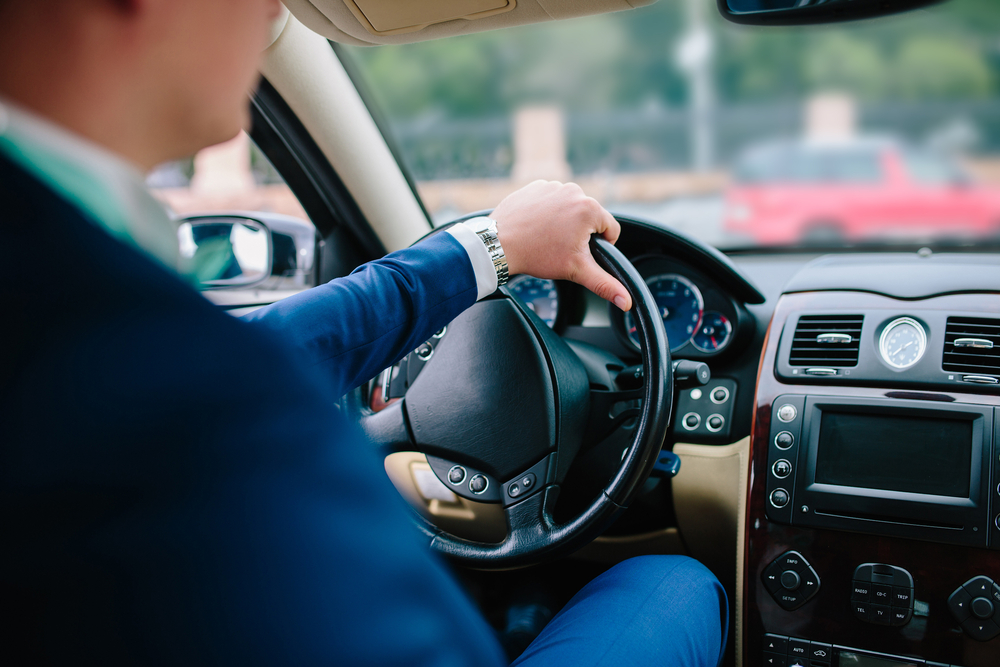You’re Worse at Driving than You Think
 In a 1981 survey, it was found that 80% of people on the road consider themselves to be above-average drivers. Obviously, this can’t be true. The numbers just don’t add up!
In a 1981 survey, it was found that 80% of people on the road consider themselves to be above-average drivers. Obviously, this can’t be true. The numbers just don’t add up!
This phenomenon is commonly termed “illusory superiority.” In the case of driving, it could have many reasons. After all, we all grade driving ability on different scales. Therefore, you’re probably in the top percentage of drivers for YOUR grading scale, but well below average for someone else’s.
For example, you may have a faster reaction time than most drivers, but you’re also more likely to engage in risky behavior. Or another driver may be really good at being aware of their surroundings, but easily distracted, which can easily lead to fender-benders.
Then of course, there are very obvious problems, like how someone will consider themselves pretty good at shooting out a text message at red lights while driving.
So, in order to give us all a reality check, here are some of the most common mistakes made while driving in the US, and how you can be a more effective, safe, and skillful driver.
Speeding
There’s something satisfying about passing other cars. It makes us feel like we’re really getting somewhere. But the truth is… we’re not. When you actually crunch the numbers, you’ll soon find that between congestion and stop lights, we hardly gain any time by speeding.
In order to make speeding worthwhile, you need to have a trip of an hour or more. Otherwise, you’re really only winning about 3 minutes. Maybe that seems worthwhile, but consider the cost.
You’re risking a fatal accident, a traffic ticket, and stressing out the drivers around you. You’re also more likely to cause undue stress on your car and contribute to traffic congestion.
And to cap it all off, you’re probably burning up more fuel, which will cost you AND the environment. So seriously, just stop speeding and be more considerate. Prioritize traffic harmony, and gradual speedups and slow-downs to extend the life of your car.
Going slowly in the passing lane
 Did you know that going 5 mph slower than the traffic around you puts you more at risk of an accident, not less? The biggest risk factor of a dangerous accident isn’t how fast you’re going, but rather your speed relative to the traffic around you.
Did you know that going 5 mph slower than the traffic around you puts you more at risk of an accident, not less? The biggest risk factor of a dangerous accident isn’t how fast you’re going, but rather your speed relative to the traffic around you.
This means that the closer together fast traffic and slow traffic are to each other, the more danger there is. For this reason, it’s widely understood that slow traffic goes in the right lanes and faster traffic stays left.
A good rule to stick to is that you should always pass traffic on the left (which is law in most states). When everyone follows this rule, traffic is a lot quicker and safer.
Merging traffic
Scientifically proven, the single most effective and efficient way to merge traffic is to do the zipper approach, one car from each lane at a time, with people taking their turns.
States like Washington and Minnesota actually advertise this approach on the road and include it in their driving manuals, and more states are picking it up. You might think that you’re being more courteous by merging earlier, but it’s not really helpful because it can make traffic back up further.
On the other hand, you might speed ahead or refuse to let anyone ahead of you. Also inefficient. It doesn’t speed you up, and it significantly slows down everyone around you.
Ignoring risk factors
 There’s a big difference between driving in ideal conditions and driving in dangerous ones. For some reason, we rarely recognize these dangerous conditions, thinking that we’re such good drivers that we don’t have to worry about things like rain, or even black ice.
There’s a big difference between driving in ideal conditions and driving in dangerous ones. For some reason, we rarely recognize these dangerous conditions, thinking that we’re such good drivers that we don’t have to worry about things like rain, or even black ice.
However, there are reasons that laws work to protect us from these dangerous conditions. Did you know that in rainy, dangerous weather the speed limit is actually 5 mph less than in ideal weather? Read here to understand more about which cautionary measures you need to take in rainy weather.
And then there are the risks that come with just a little bit of distraction. Whether you’re playing a game while driving (but only a little bit) or driving the speed limit through a blizzard (because you’re just that good) or driving when you’re buzzed, you’re ignoring risks inherent in each activity which totally obliterate road safety.
Respecting the safety cushion
Have you ever heard that term “safety cushion?” When used in reference to driving, it means that you have a healthy space between you and the car in front of you.
A safety cushion gives you enough time to actually slow down your car if something happens in front of you. If you’re tailgating, you don’t have any time to course-correct if the car in front of you slams on the brakes.
Instead, you’ll find yourself in a pile-up sandwich. The safety cushion is also a great idea because it gives you more visibility around you on the road, instead of obscuring your view with a closeup of the bumper ahead.
The size of your safety cushion depends on the speed traffic is going. A good way to measure is to count. You should be able to count to three before you reach the space the car ahead of you just vacated.
This means that when you’re going faster (as you do on the freeway) you’ll need a much larger cushion than when you’re driving in a residential area.
Category: Family Finances




